
| Product name | Brand | Price | ||
|---|---|---|---|---|
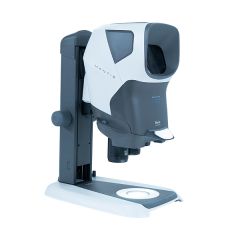
|
Vision Engineering Mantis PIXO | Vision Engineering | Call for price | |
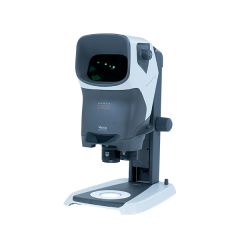
|
Vision Engineering Mantis ERGO | Vision Engineering | Call for price | |
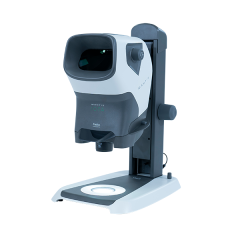
|
Vision Engineering Mantis IOTA | Vision Engineering | Call for price | |
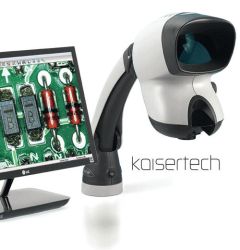
|
Vision Engineering Mantis Classic Elite-Cam HD - Stereo Microscope with Integrated HD USB Camera | Vision Engineering | Call for price | |
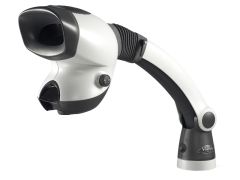
|
Vision Engineering Mantis Classic Compact - 3D Visual Inspection Microscope | Vision Engineering | Call for price | |
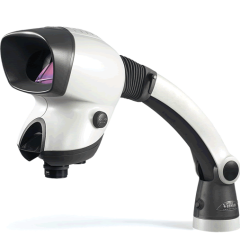
|
Vision Engineering Mantis Classic Elite - 3D Visual Inspection Microscope | Vision Engineering | Call for price | |
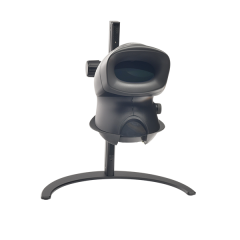
|
Vision Engineering OPTA - Stereo Microscope | Vision Engineering |
£900.00
(£1,080.00
inc VAT)
|
£900.00
(£1,080.00
inc VAT)
|

|
KERN OSE 421 Stereo Microscope Series | KERN |
£300.00
(£360.00
inc VAT)
|
£300.00
(£360.00
inc VAT)
|
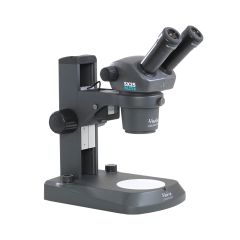
|
Vision Engineering SX25 Elite Stereo Zoom Microscope | Vision Engineering | Call for price | |
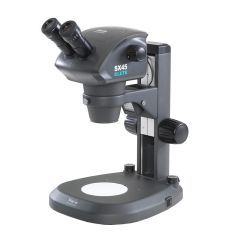
|
Vision Engineering SX45 Elite Industrial Stereo Zoom Microscope | Vision Engineering | Call for price |
Stereo Microscopes For Electronics
Find a wide range of stereo microscopes to fit your applications. We have a great selection to suit many requirements including PCB work, medical, quality control, and more. Our team are also highly experienced in helping customers find the exact unit for their needs. Call us up today for a free quote on any of the listed range!


Stereo microscopes are essential tools for precision inspection, electronics assembly, and industrial quality control. They provide 3D depth perception, enabling comfortable, accurate work on delicate components.
Choosing the right stereo microscope involves understanding several core features that influence performance, usability, and suitability for specific applications.
Below is a breakdown of each key factor to consider when selecting a model
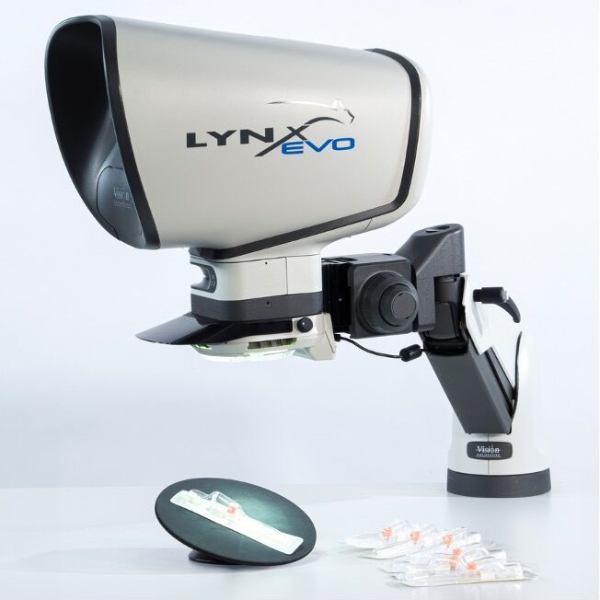

Application
Different tasks place different demands on the equipment.
For example, in inspection or quality control settings, clarity, contrast, and depth perception are important for spotting defects in small components.
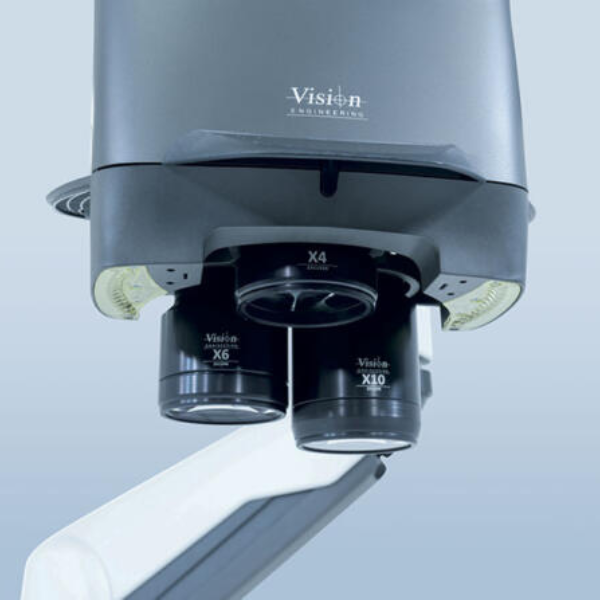

Magnification Type
Stereo microscopes are generally available with either zoom or fixed magnification.
A zoom magnification system provides a continuous range of magnification. Fixed magnification models, however, offer specific levels of magnification.
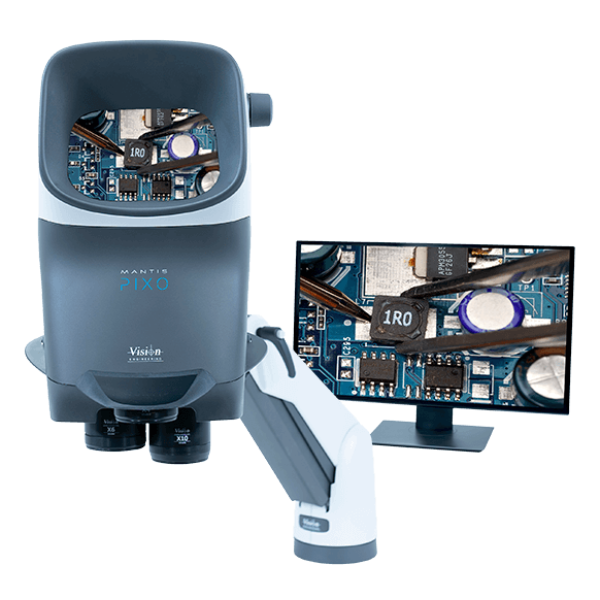

Viewing Head Configuration
A binocular head uses two eyepieces for immersive 3D viewing - ideal for most hands-on tasks.
A trinocular head adds a camera port for image capture and video, useful for documentation and training.
Eyepieceless systems display the image on a screen, offering improved ergonomics and easy viewing for multiple users.
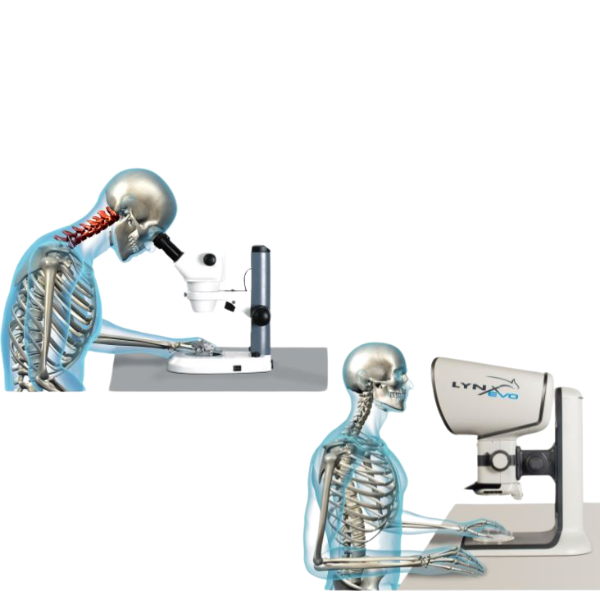

Working Distance
A longer working distance provides more room to perform tasks under the lens.
Microscopes with a shorter working distance may offer higher magnification but can restrict physical access to the object.
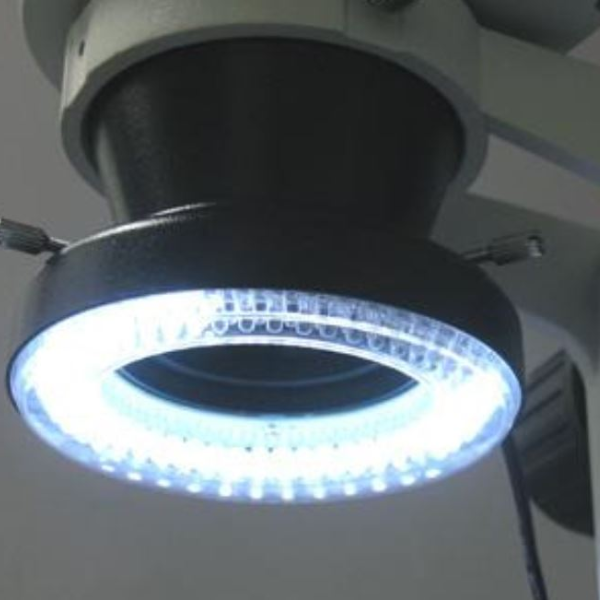

Illumination
Illumination systems vary, but common options include LED ring lights, dual-arm spotlights, and built-in light sources.
Some microscopes combine multiple lighting options to provide flexibility across different materials or tasks.
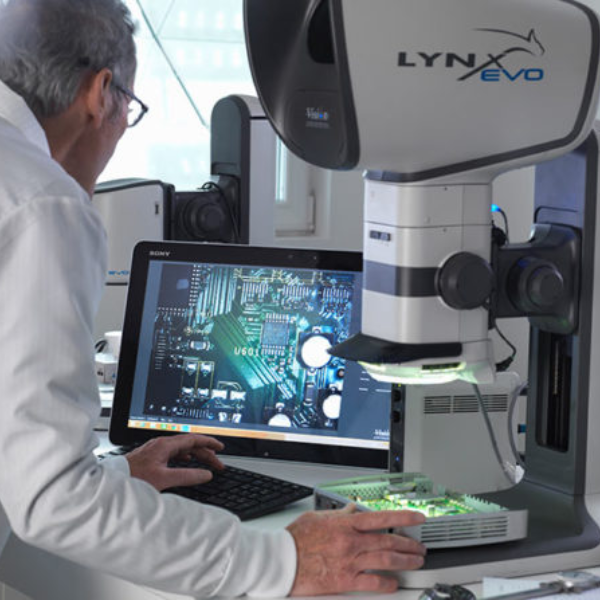

Camera Compatibility
For users who need to document their work or share visual information, camera integration is an important consideration.
These systems often support HDMI or USB outputs for live viewing on monitors
By understanding each of these factors application, magnification type, viewing head, illumination, working distance, and camera compatibility. You can choose a stereo microscope that delivers the right combination of performance, ergonomics, and value for your specific needs.

